The independent artisans changing the face of watchmaking
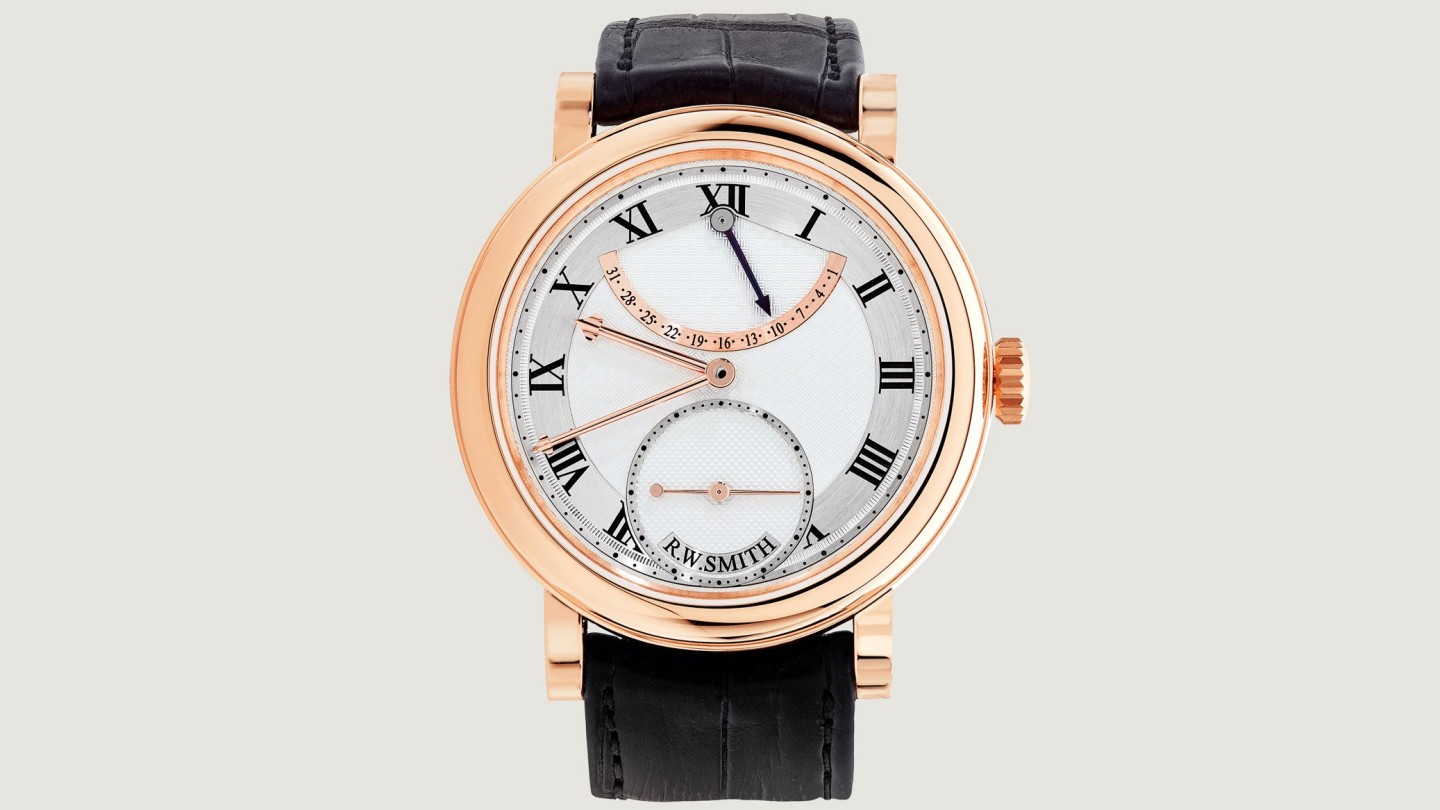
Roula Khalaf, Editor of the FT, selects her favourite stories in this weekly newsletter.
In July, Sotheby’s London brought the gavel down on a watch that went for £3.6m. Even these days, when seven-figure auction results for watches are far from uncommon, that is a sizeable chunk of cash. But what makes this result significant is that it was achieved neither by a Patek Philippe nor a Rolex – in fact, not by any established Swiss brand at all – but by a pocket watch made by an artisan in a workshop on the Isle of Man.
The timepiece was the George Daniels Space Traveller pocket watch – a decidedly up-to-date moniker for a decidedly 19th-century-looking specimen with dials showing equation of time, mean-solar time, sidereal time and the phases of the moon. The late George Daniels, who finished the watch in 1982, described it as “the kind of watch you would need on your package tour to Mars”.
Long before he died in 2011, Daniels was often described as one of the greatest – if not the greatest – watchmakers of the last century. I never drank as deeply of the Daniels Kool-Aid as did others, so I tend to see him rather as a wonderful anachronism, the greatest 18th-century watchmaker of the 20th century. But more than that, he was the prototypical independent in that he inspired a generation of watchmakers to set up workshops making just a handful of watches a year.
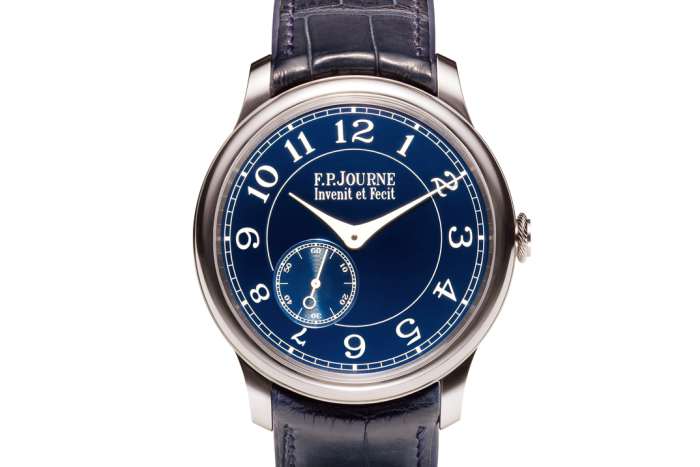
At the moment, “independent” is about the most desirable adjective you can put in front of the word “watchmaker”. In the past decade, interest in watch collecting has mushroomed, with a market centred around horological complications or steel sports watches by the big Swiss names. But over the past couple of years, a significant and informed minority of collectors has been attracted to the work of watchmakers who have chosen to follow Daniels’ path. These craftsmen are not dissimilar to the very best bespoke tailors or supercar constructors in that their output remains small and waiting lists long.
“In every watchmaker’s career, there comes a point where they look out of the manufacturer’s window and wonder if they have what it takes to make it on their own,” says Aurel Bacs, a senior consultant in the watch department at Phillips auctioneers, who has become the most high-profile of evangelists for the independents. “Independence can be a lonely adventure, and only a few find success. By signing their work, these makers put their reputations on the line with every watch they produce. They have given collectors the greatest of luxuries, the gift of choice. Their watches are atypical and that is why we love them.”
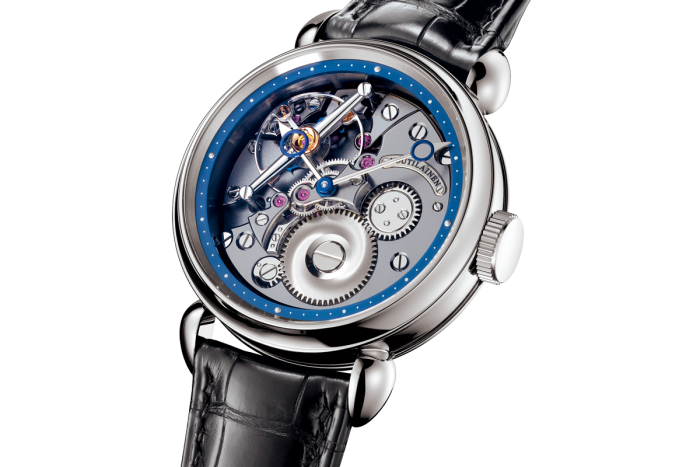
In fact, Phillips loves them so much that at the beginning of September it opened a showroom at its London HQ selling both vintage timepieces by big names and watches from modern independents. The idea originated with the house’s London-based watch expert, James Marks, a former financier who followed his passion for horology. While collecting watches by the great brands such as Rolex and Patek, he also craved variety – and as a result he bought his first FP Journe. “It was a Chronomètre Bleu in tantalum,” he says. “I like the idea of an unusual metal, and the dial with its off-centre sub-seconds was both intriguing and elegant. As for the movement, it was a dream.”
Journe produces just under 1,000 watches a year, which by general industry standards is tiny, but next to many independents is huge. Marks terms the highly regarded brand, helmed by its eponym François-Paul, an “industrial independent”.
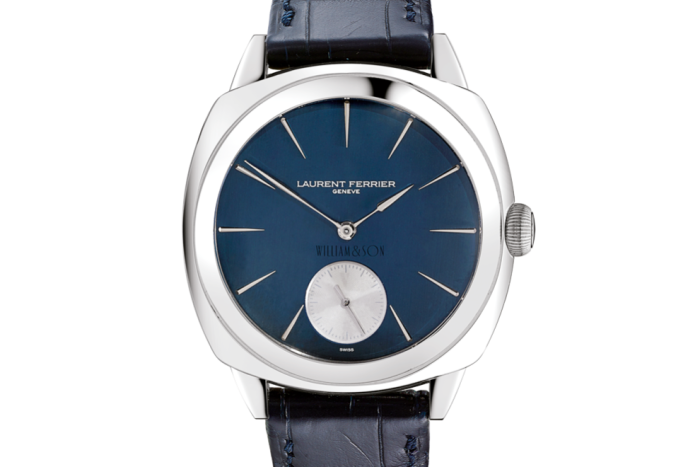
By comparison, Laurent Ferrier, produces only around 100 pieces a year. Ferrier, the son and grandson of watchmakers, spent almost 40 years of his working life at Patek Philippe. Bearded, snowy-haired, self-effacing and speaking only French, he is exactly how you would expect the typical watchmaker to be. But beneath that Father Christmas-like exterior beats the heart of a maverick. In 1979 Ferrier entered the 24 Hours of Le Mans driving a Porsche 935 and finished in overall third place. In short, his technical ability is spiced with character and determination and as a result the watches he makes, such as the Galet Square, are, like their maker, discreet but unmistakable, with elegant lance-like hands and satin-finished dials.
Ferrier has turned away from gratuitous complications and towards the classic values of watchmaking. He describes these as precision, simplicity and uncluttered beauty. The same can equally be said of the man regarded by many as the cynosure of independents: Philippe Dufour. This pipe-smoking septuagenarian has been one of the most respected figures in watchmaking since 1992, when he presented a minute repeater with grande and petite sonnerie, the first time these complications had been mastered in a wristwatch. But he is most associated with the three-hand Simplicity, a grail watch for younger collectors.
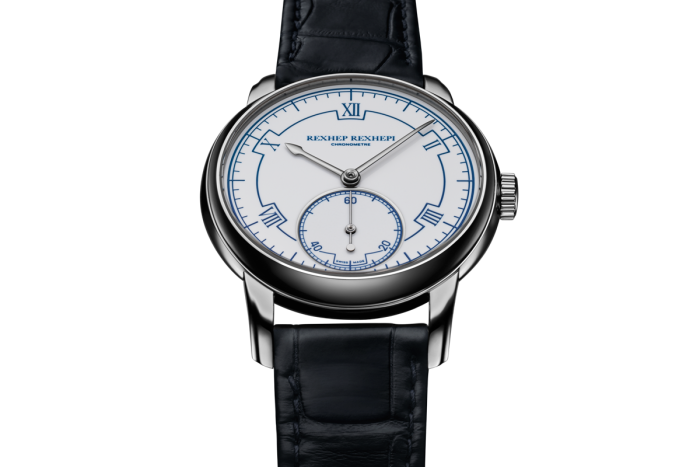
But not all independents are white-haired old men. One of the most remarkable is 32-year-old Rexhep Rexhepi, who works with a small group of watchmakers in Geneva’s Old Town, creating around 25 watches a year. He was accepted by Patek Philippe’s school aged only 15 and launched his own brand, Akrivia, seven years later, where he began making complicated watches in an idiom redolent of fellow independent De Bethune.
Last year, he launched the Rexhep Rexhepi Chronomètre Contemporain, a discreet 38mm hours, minutes and seconds wristwatch whose only goal is accurate chronometry. Such mechanical refinements as it has – zero-reset function and 100-hour power reserve – are at the service of precision timekeeping. It is a quietly impressive tour de force of Genevan restraint (though the watchmaker himself hails from the Balkans – Rexhepi’s family emigrated from Kosovo to Geneva when he was 12 years old).
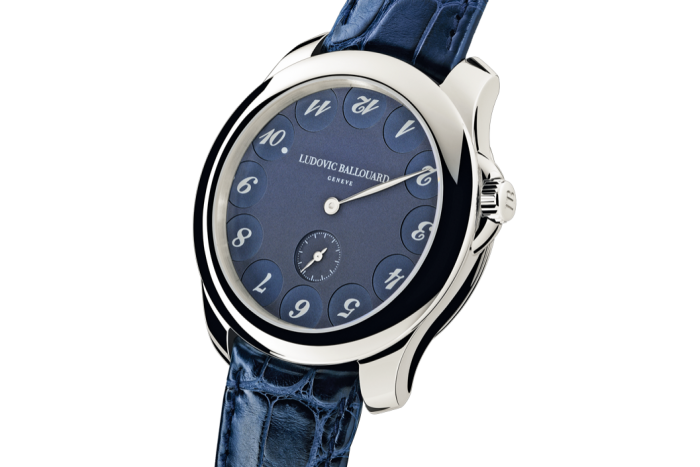
That is another thing about independent watchmaking: skill, passion and ingenuity count for more than Helvetian origins. Ludovic Ballouard, whose eccentric Upside Down and Half Time watches display the hours and minutes with simplicity and whimsy in equal measure, was born in Brittany. Christophe Claret, known for his minute repeaters and chiming watches, is from Lyon, while Kari Voutilainen, as famous for his bewitching dials as his exigent complications, is of Finnish origin. And although they and others have made their way to Switzerland, some, including Hajime Asaoka and Roger Smith – the latter perceived as the heir to George Daniels – prefer to follow the horological muse from elsewhere in the world: in this case Tokyo and the Isle of Man, respectively.
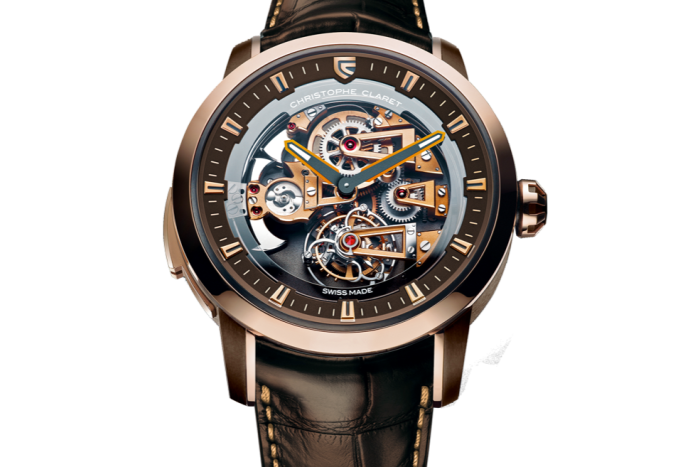
There are plenty of other interesting independent watchmakers, too many to mention in this article. However, even if their entire annual output were aggregated, it would be easily eclipsed within a week, if not a day, by one or other of the big industrial brands. And yet their influence is almost in direct inverse to their output. In 2016, the annual Geneva watch fair, the Salon International de la Haute Horlogerie, created a salon within a salon called the Carré des Horlogers, showing the work of small brands and independent artisans. Three years ago, there were nine exhibitors in the Carré. This year, there were 17, including Ferdinand Berthoud, a maker of a handful of precision‑focused watches.
Berthoud is, in fact, an 18th-century marine chronometer maker, relaunched as an elite watch brand with limited production by Karl-Friedrich Scheufele, co-president of Chopard. Scheufele has, in effect, created an independent, motivated by the same goals, that just happens to be within the structure of one of the industry’s major players. A watch lover as well as a watch boss, Scheufele opened a boutique on Monaco’s Place du Casino in March 2019 called Art In Time. It offers watches not just by his own brands but other independent watchmakers. Further such boutiques are planned.
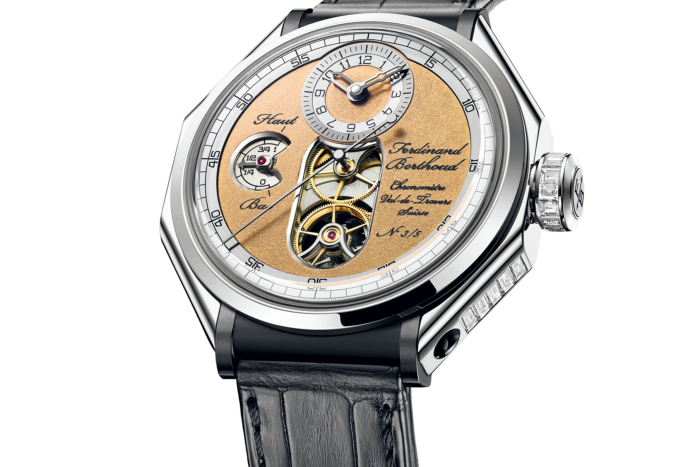
Also exhibiting at the Carré this year was Romain Gauthier. He founded his brand in 2005 and it is now part-owned by Chanel. “At Baselworld a few years ago a friend told me I should meet this guy,” says Nicolas Beau, director of international business development for watches and fine jewellery at Chanel. “He was alone on his booth, showing one watch. He’s one of those few watchmakers who can create a movement, a case, a logo, a company. And when we saw his know-how in components of haute horlogerie, we decided to acquire the company to secure them for Chanel.”
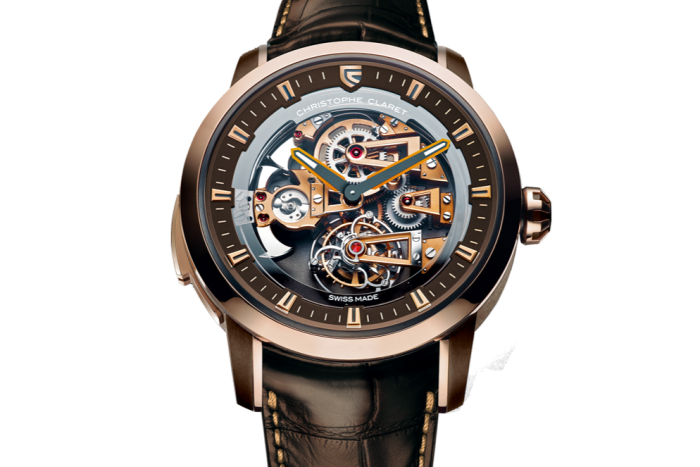
Even more interesting was the announcement towards the end of last year that Chanel had bought 20 per cent of FP Journe. “It’s a totally different story. I think it’s a pure history of a friendship between our owners and François-Paul,” says Beau.
Or, to paraphrase the late Victor Kiam, some people are so keen on independent watchmakers that they don’t just buy the timepieces, they buy the company.
Akrivia, akrivia.com. Christophe Claret, christopheclaret.com. De Bethune, debethune.ch. Ferdinand Berthoud, ferdinandberthoud.ch. FP Journe, fpjourne.com. George Daniels, danielslondon.com. Hajime Asaoka, hajimeasaoka.com. Kari Voutilainen, voutilainen.ch. Laurent Ferrier, see William & Son. Ludovic Ballouard, see William & Son. Rexhep Rexhepi, see Akrivia. Roger Smith, rwsmithwatches.com. Romain Gauthier, see William & Son. William & Son, williamandson.com.
Comments